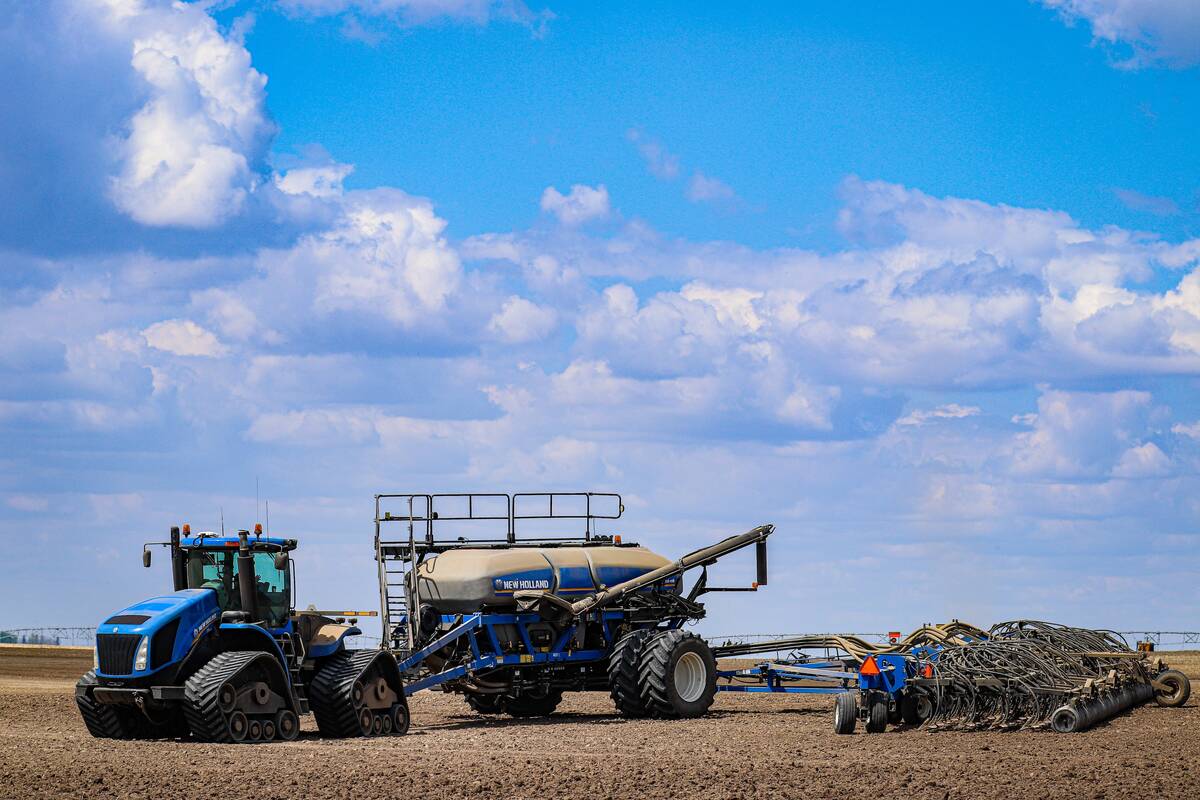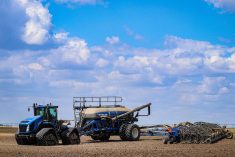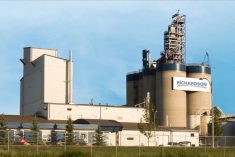It was painfully obvious to Garth Butcher when the snow finally melted this spring that his winter wheat didn’t survive the dry fall and long, cold winter.
He thinks most of the crop probably died before winter because his fields were virtually barren of vegetation in May.
“We had large areas in our fields that were large bare areas,” said Butcher, who seeded 500 acres of winter wheat last fall on his farm near Birtle, Man.
“I mean, well over half of the field. The odd plant came up, but nothing you could visualize from a distance…. Out of 500 acres we only had one small field that was better than what I’m describing.”
Read Also

NFU says proposed plant breeders’ rights come at farmers’ expense
The National Farmers Union is pushing back against changes to the Plant Breeders’ Rights Act that would narrow the scope of farmers’ right to save seed or propagate crops from cuttings and tubers.
Butcher reseeded all 500 acres of his winter wheat this spring because there was no chance of harvesting a crop.
Butcher isn’t alone. Many growers in western Manitoba had to reseed winter wheat in May because the crop wasn’t viable.
“There is re-seeding occurring throughout the province, but the southwest region and western areas of the central region seem to have a higher concentration of winter wheat acres that are being reseeded,” said Pam de Rocquigny, feedgrains specialist with Manitoba Agriculture.
The department estimates that 75 to 80 percent of the winter wheat crop has been or is being reseeded in southwestern Manitoba.
Butcher said his winter wheat likely ran into problems last fall when he planted it into dry soil.
“I felt at the time we had just enough moisture to get it started,” he said, but it didn’t rain in time to save the crop.
“I think a fair amount of it germinated, but it just stayed dry. I think a lot of it just desiccated. It just dried right out as the soil got drier. So (it) wasn’t viable when the spring came around.”
Butcher can’t recall a similar experience with winter wheat in the Birtle area going back to 1980.
“(It’s) the worst general failure in our area that there’s ever been.”
Dry soil last fall might be the primary culprit on Butcher’s land, but de Rocquigny said a combination of factors might be responsible in other areas.
She said winter wheat should ideally be at the three-leaf stage or tailoring going into winter. However, many winter wheat plants had only one or two leaves going into winter last year because of dry soil.
De Rocquigny said snow cover was likely sufficient, but the length of winter combined with immature plants and a cold spring likely pushed the crop to the brink.
“The ultimate result is reduced plant stands, which is causing producers to reseed,” she said.
An April 24 report from Statistics Canada said Manitoba growers seeded an estimated 595,000 acres of winter wheat last fall.
However, Winter Cereals Canada executive director Jake Davidson said it’s hard to know at this point how many acres will be lost to reseeding.
The Red River Valley is Manitoba’s primary winter wheat growing region, he added, and it appears the crop is faring better in the eastern half of the province.
Davidson said it’s difficult to estimate losses because no one knows how many acres of winter wheat are in the ground.
“I don’t think with winter wheat we ever know the truth until July,” he said.
“In the fall, Ducks Unlimited has a contest (to guess acreage), and the winner gets a bottle of scotch. I’ve never even come close.”
Winter wheat acres on the Prairies:
Manitoba Sask Alberta
2012 555,000 560,000 130,000
2013 595,000 370,000 110,000
Source: Agriculture Canada principal field crop estimates, released April 24, 2013

















